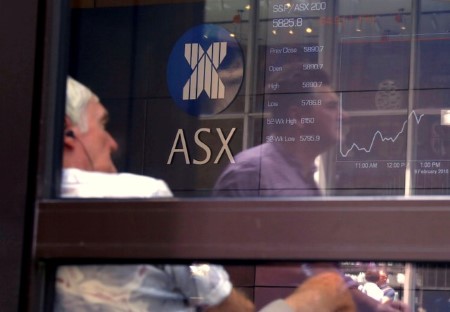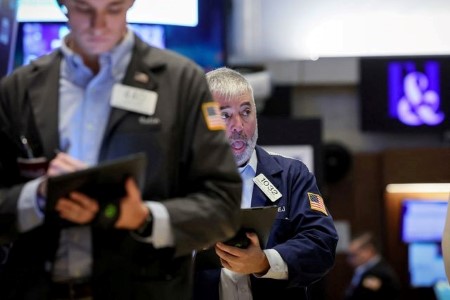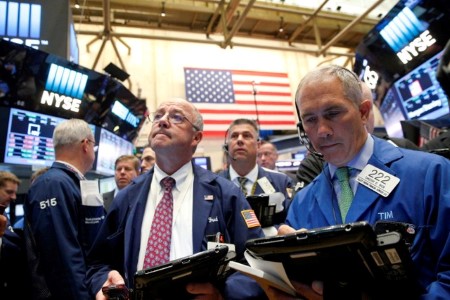Sept 29 – Investors in Asia go into the final trading day of a bruising quarter – also a day packed with top-tier economic indicators from Japan – in a slightly better frame of mind after a much-needed rebound in global sentiment and risk assets on Thursday.
Japanese retail sales, industrial output, consumer confidence, and Tokyo inflation data top the regional calendar on Friday, which also includes Australian credit and lending figures and Thai manufacturing and current account data.
Investors will not be able to switch off completely over the weekend, however, with the fast-evolving Evergrande saga making for gripping reading.
On top of that, China’s manufacturing and service sector purchasing managers index reports for September – official and unofficial – will be released on Sunday. Chinese markets will then close for the Golden week holidays.
It has been a tough few weeks, and a tough quarter.
The MSCI World stock index’s rise on Thursday was its first in 10 days, snapping its longest losing streak since November 2011. Unless it rises 4% on Friday, it will post its first quarterly loss in a year.
The MSCI Asia ex-Japan index fared even worse. It is on course for a 5% decline, which will be its second consecutive quarterly loss and seventh out of the last nine.
Other Asia-related stats from the quarter tell a similar story.
The yen is down three quarters in a row, and 10 out of the last 11; the Hong Kong property index is down three quarters, eyeing a 17% slide in Q3 and a 30% loss so far this year, on track for its worst year since 2008; and Chinese shares are down two quarters in a row for the first time since 2019.
The drivers are by now well known – rising US interest rates, surging Treasury yields, and a powerful dollar rally, as well as a chronically underperforming China, tightening financial conditions, and growing worries over the world economy.
Some of these conditions may be stretched and the gloom over-cooked. Would a partial recovery in risk appetite and reversal of many of these trades at the start of the fourth quarter be a complete surprise?
Thursday’s market action shows nothing ever moves in a straight line. Although the 10-year Treasury yield hit a new high intraday, US yields fell across the curve, oil and the dollar posted notable losses, and stocks finally snapped higher.
Sticking with the positivity, the International Monetary Fund said on Thursday it sees signs of economic stabilization in China and is confident it can grow faster if it takes steps to rebalance growth from investment toward consumer spending.
In currency markets on Thursday, the yuan had its best day in two weeks, the yen eased a little bit further away from the 150/USD level, and the dollar index fell 0.5%, its biggest fall in nearly three weeks.
Here are key developments that could provide more direction to markets on Friday:
– Japan unemployment, retail sales, industrial output (August)
– Japan Tokyo CPI inflation (August)
– Australia lending, credit (August)
(By Jamie McGeever; Editing by Josie Kao)







 DOWNLOAD
DOWNLOAD













